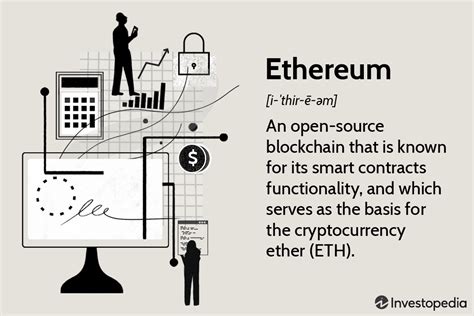Mysterry transaction op_return: Deep twisting into a unique characteristic of Ethereum
As one of the most innovative and most influential blockchain platforms, Ethereum constantly exceeded the boundaries with its unique characteristics. One of those characteristics that has attracted significant attention is Op_return (an optional return), a type of transaction introduced in 2017 as an update of the Ethereum Public Book. In this article, we will deepen what transactions are op_return, how they work and why they were introduced.
What is an op_return transaction?
Op_return is a special type of transaction in the Ethereum network that enables more efficient storage and recovery of user data. Unlike regular transactions, stored by metapodate in the public key, the general transaction store data into a private key. This facilitates the care of confidential data, and at the same time allows users to restore their information when needed.
How is the opa_return transaction?
Creating a transaction transaction is relatively simple and transparent. When the user wants to convey the ether (eth) or other property from one wallet to another, you can create a transaction op_return using the following steps:
- The sender creates a new Ethereum address.
- List the public key that will be used to store data.
- They establish an indicator indicating whether transaction is a “return” transaction (that is, data recovery).
- The sender includes the metadodaks or the information you want to store in the transaction op_return.
How do the general transactions work?

When the user starts an op_return transaction, it is transmitted to the Ethereum network for checking. If the network confirms and accepts the transaction, it is stored as a private key in the chain.
This is how the transactions of op_return are processed:
- Verification : The sender’s wallet wallet confirms whether the transaction has been properly sent.
- Processing Block of the chain : After checking, the transaction is transferred to the Ethereum network for processing.
- Validation : A special knot called the validator performs a series of complex mathematical calculations to confirm the transaction and guarantee its integrity.
- Storage : If the transaction is confirmed, it is stored as a private key in the chain.
Why was Op_return introduced?
Op_return introduced Vitalik Butein, one of the ones -built Ethereum in 2017. The introduction of the municipality enabled users to store and recover confidential data without exposing their public keys. This movement is motivated by several factors:
* Security : By storing confidential data into private keys, users may ensure that your personal information remains safe.
* Efficiency : OP_return transactions are faster than traditional transactions because they do not require the storage of metapodaks in the public key.
* Scalability : Introduction of op_returni made it more efficient use of network resources and higher scalability.
Op_return influence on Ethereum
The introduction of OP_return had a significant impact on the Ethereum network. He allowed users to safely store confidential information, reducing the need for mediators such as wallets and exchange. In addition, the OP_return transaction increased the average transaction volume by providing more effective and safer options for data storage.
Conclusion
Op_return is an innovative feature that allows for more effective storage and recovery in the Ethereum network. His introduction revolutionized the way users communicate with their property and stored data. As one of the most influential blockchain platforms, Ethereum still pushes the boundaries with its unique characteristics, including op_return. This article provides a complete description of what are general return transactions, how they work and why they were introduced.
Sources:
- “Ethereum 2.








